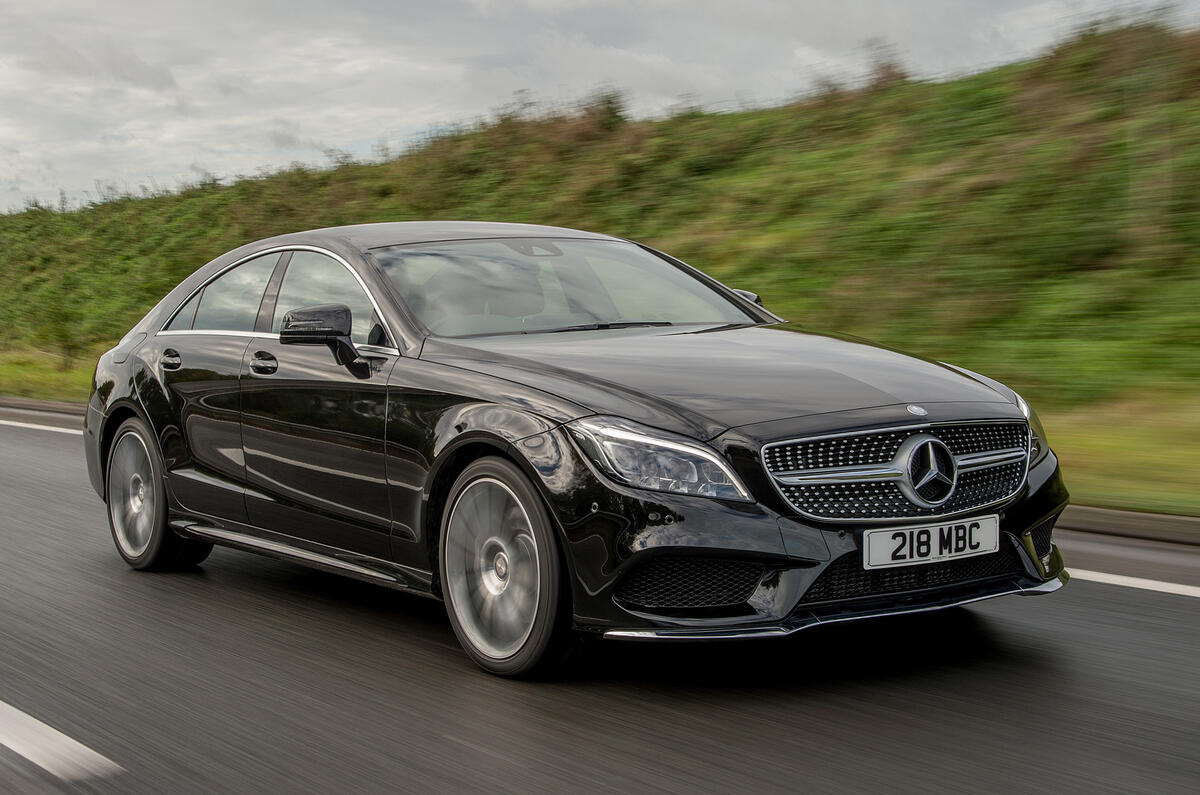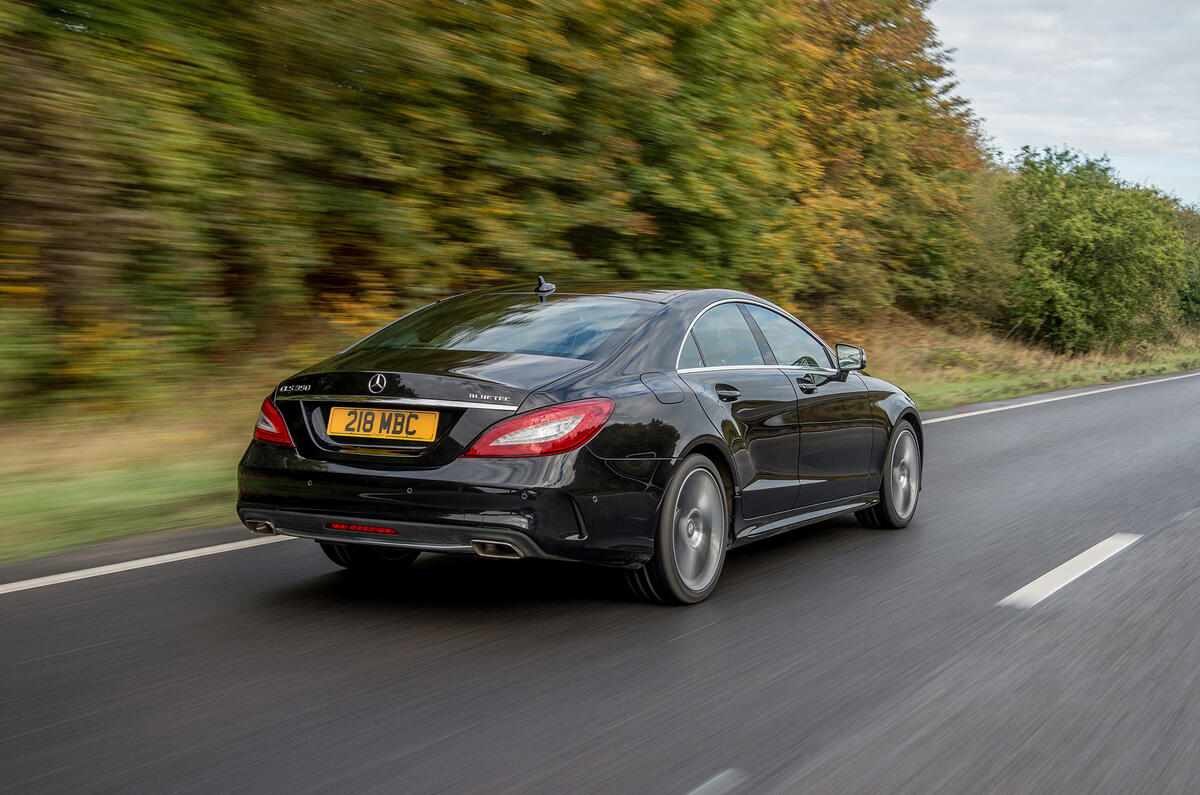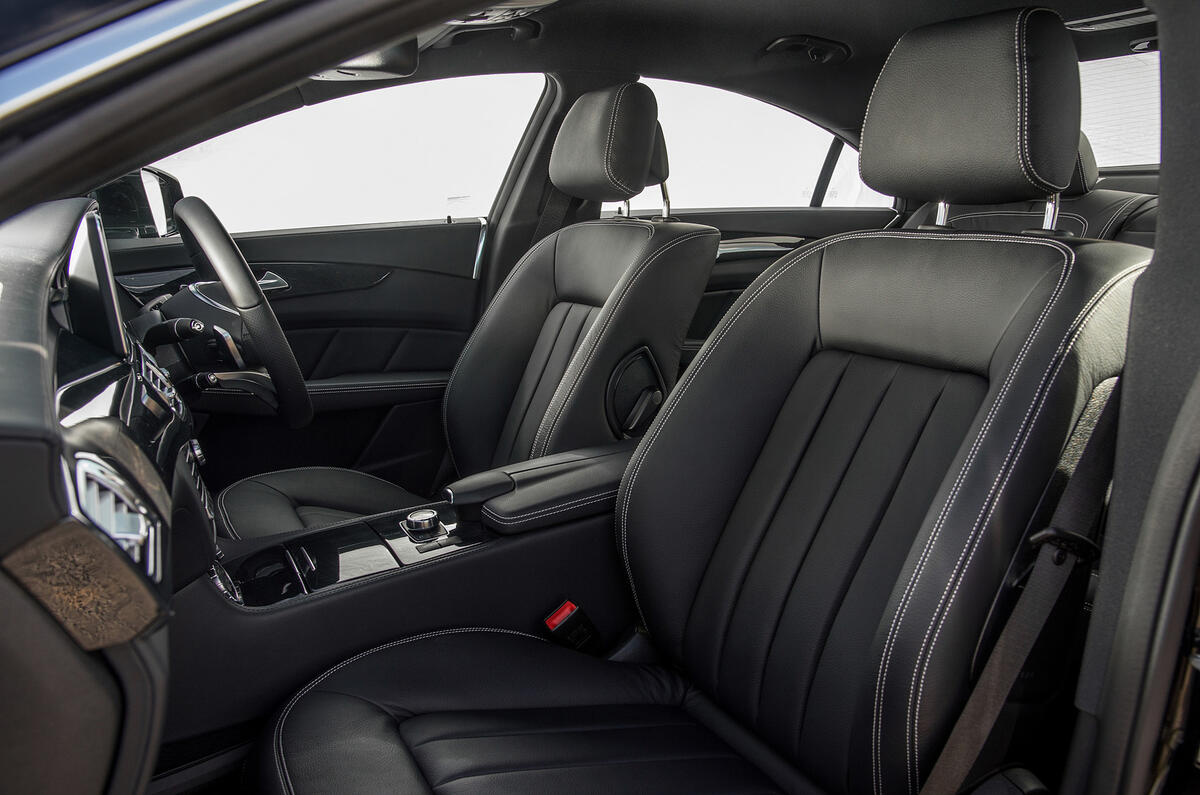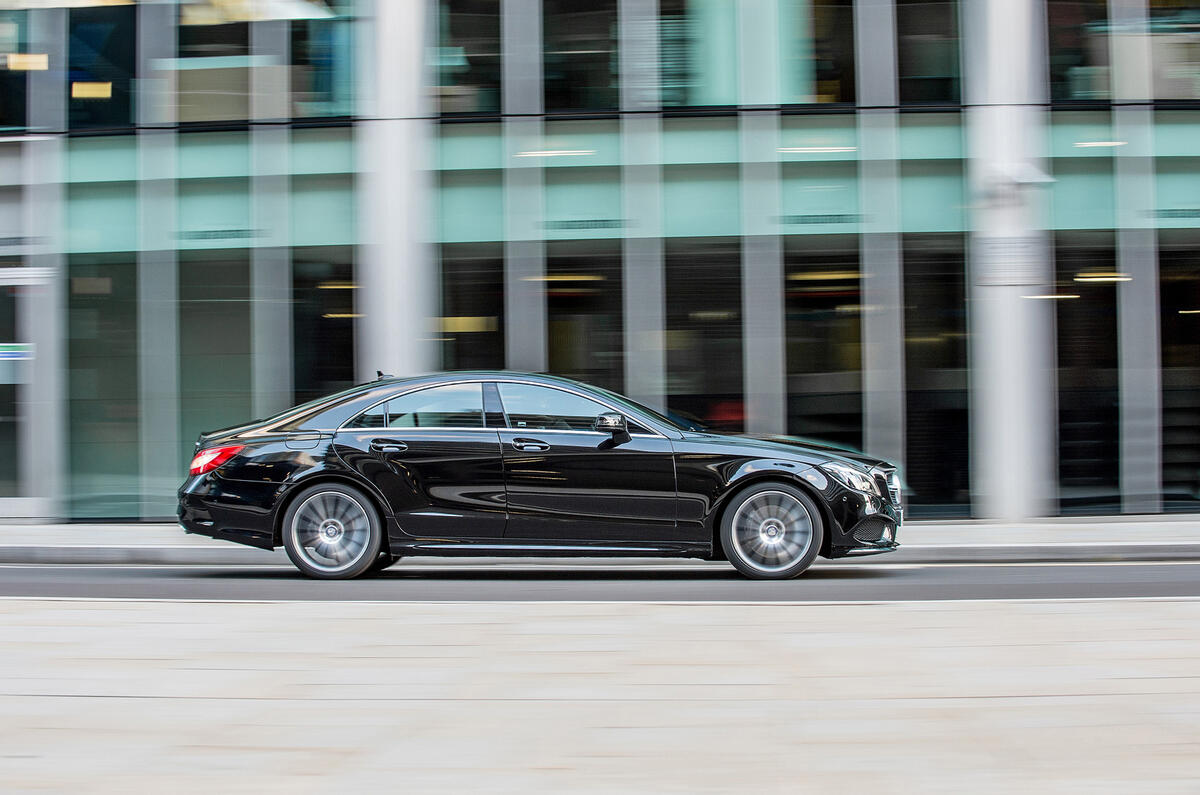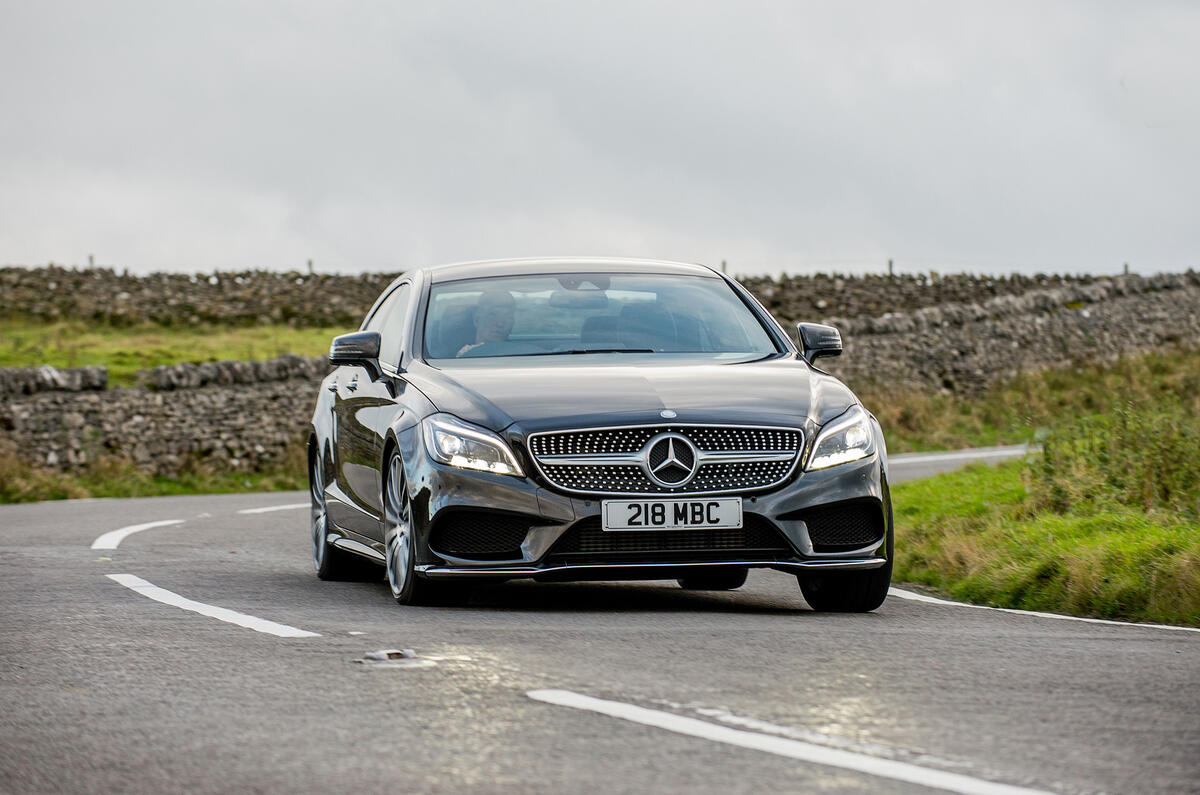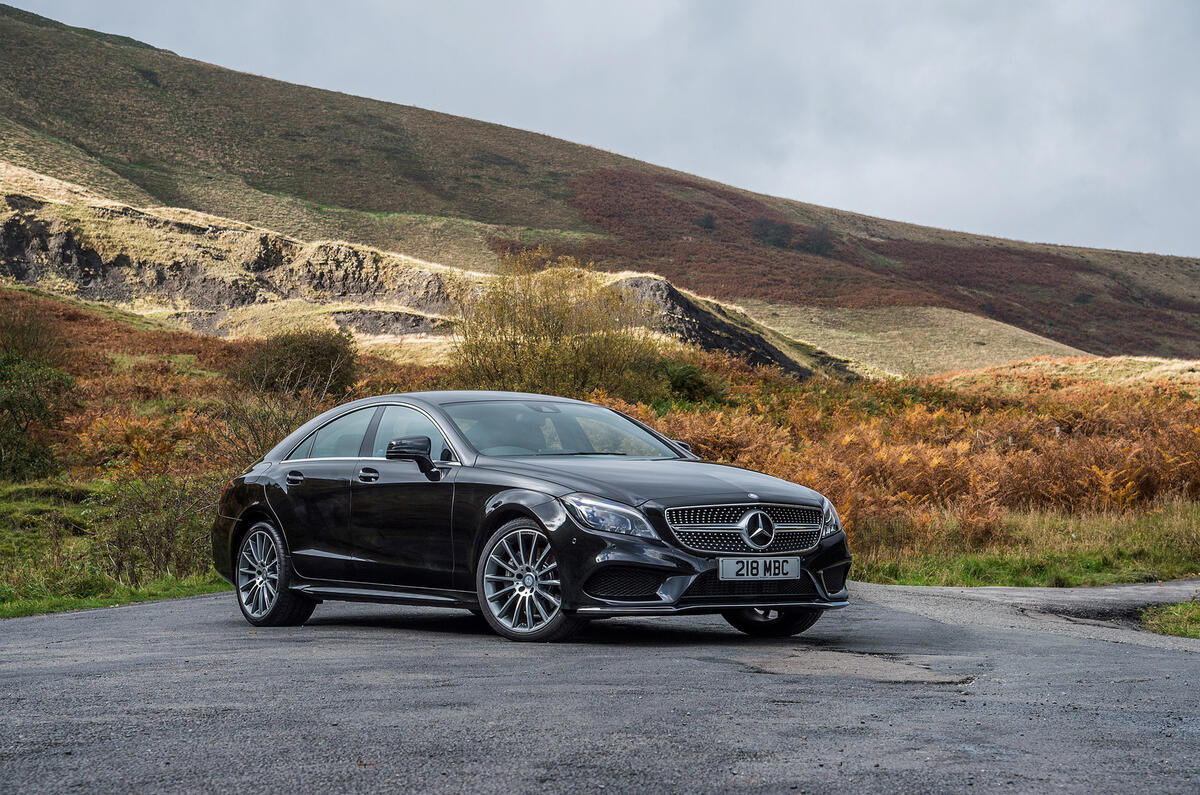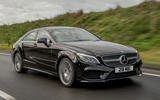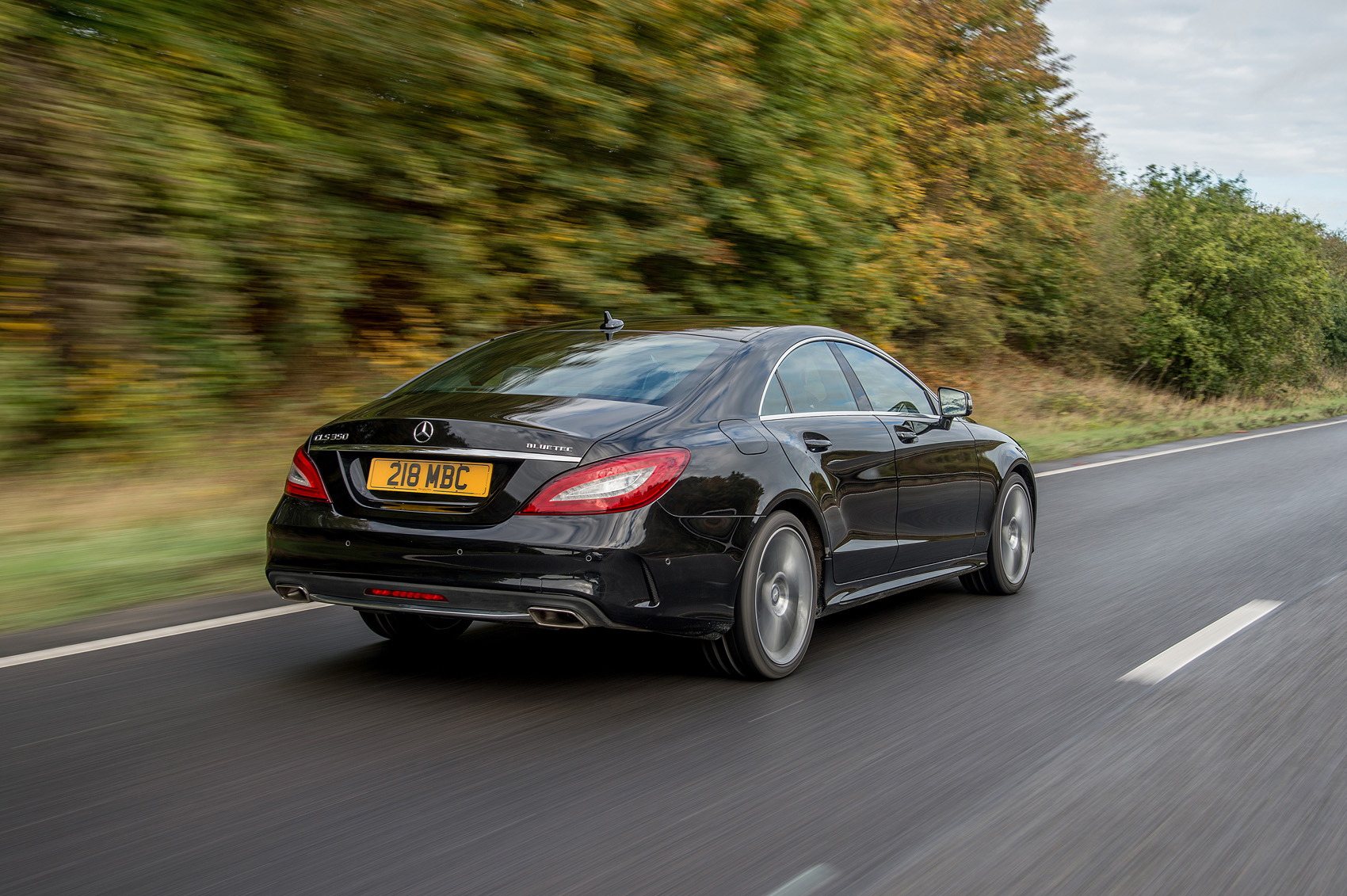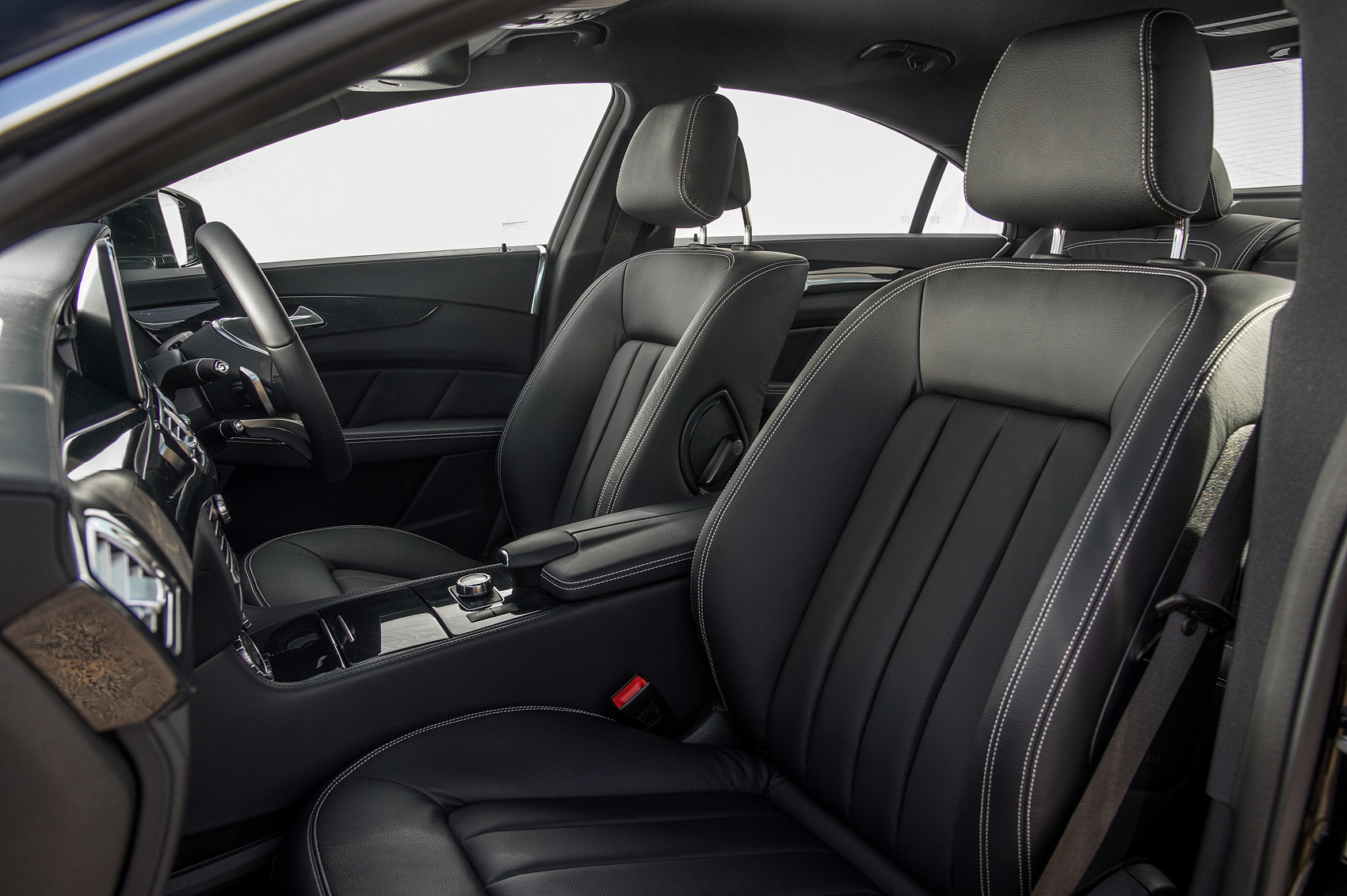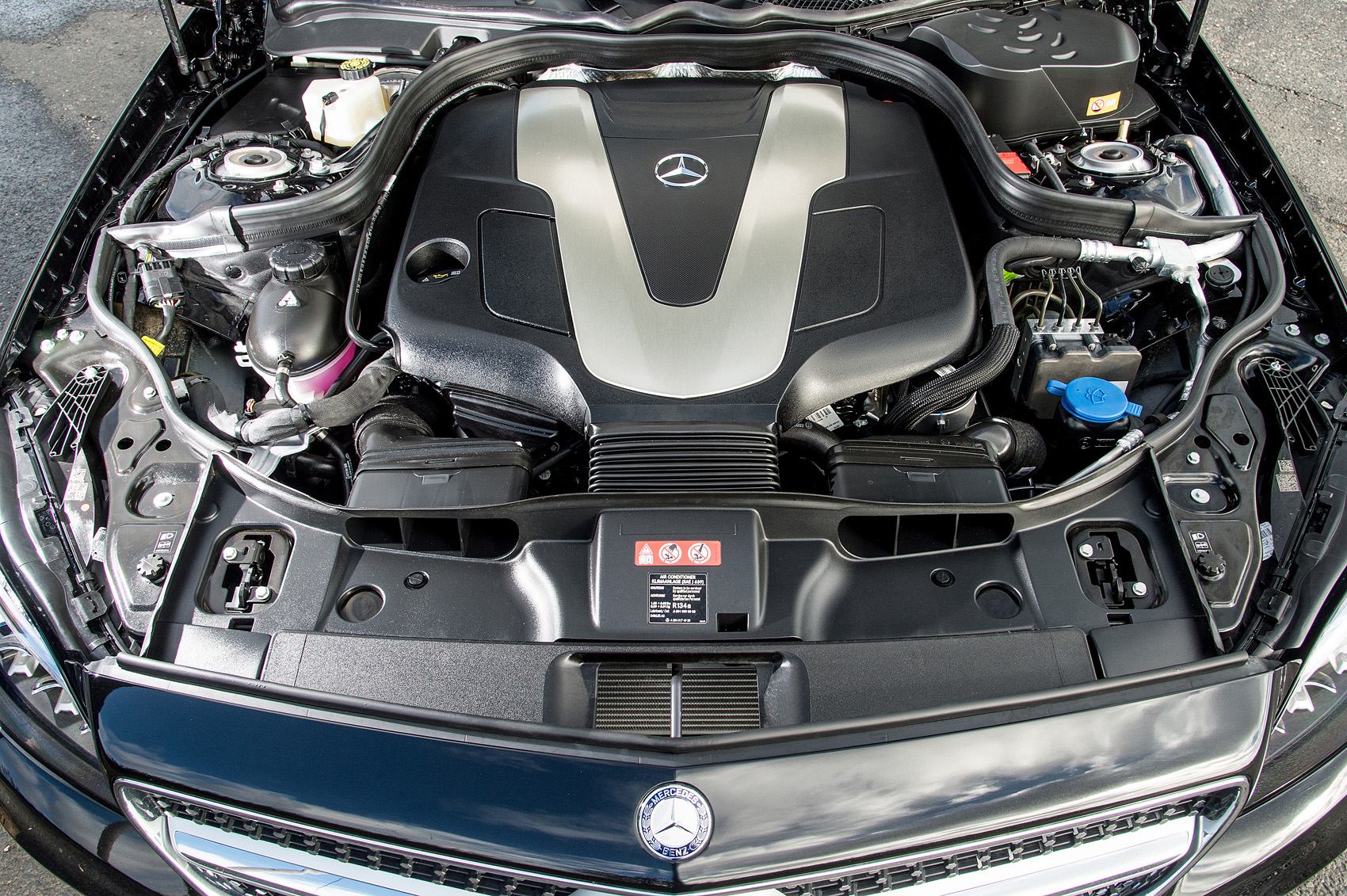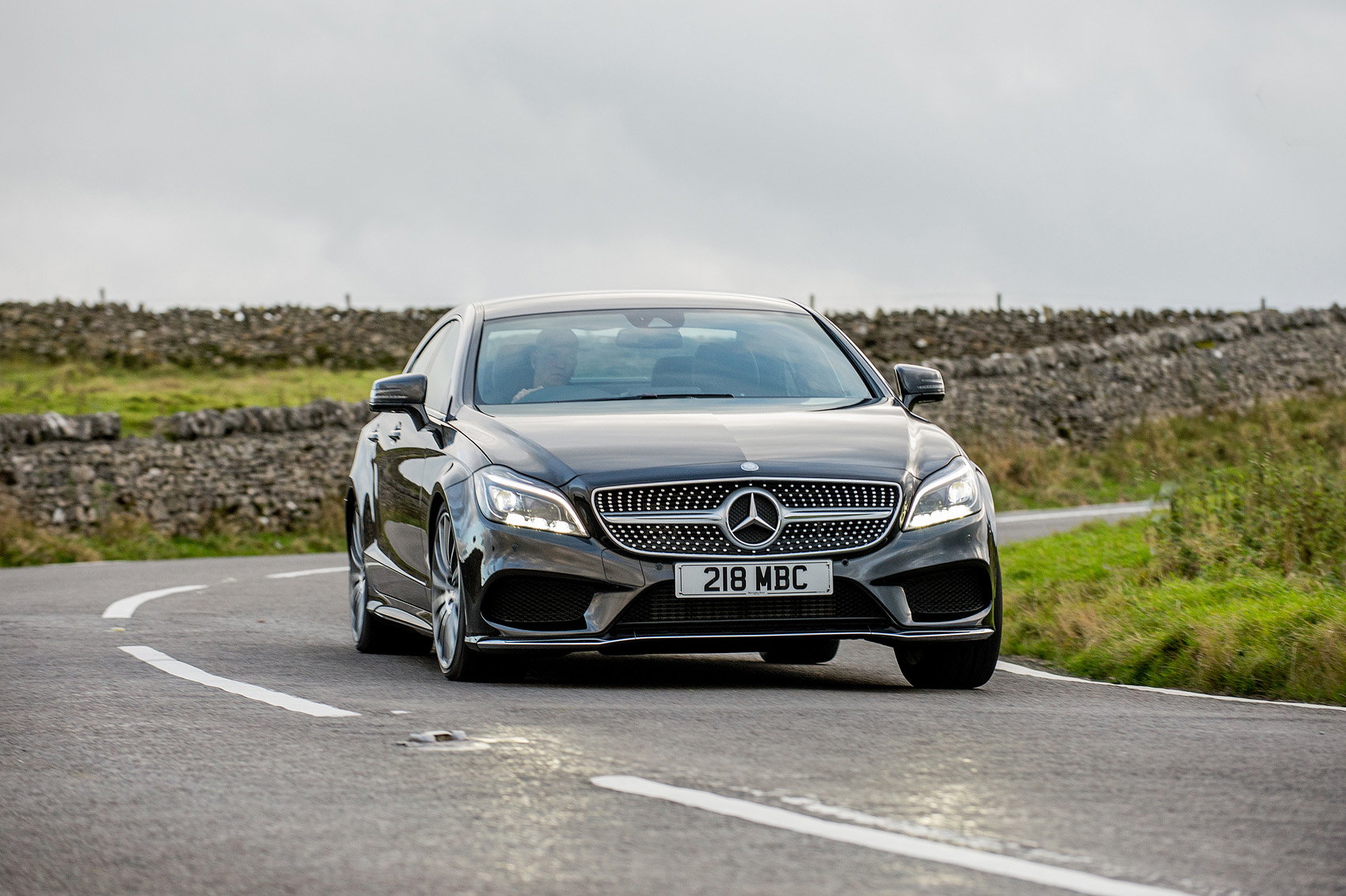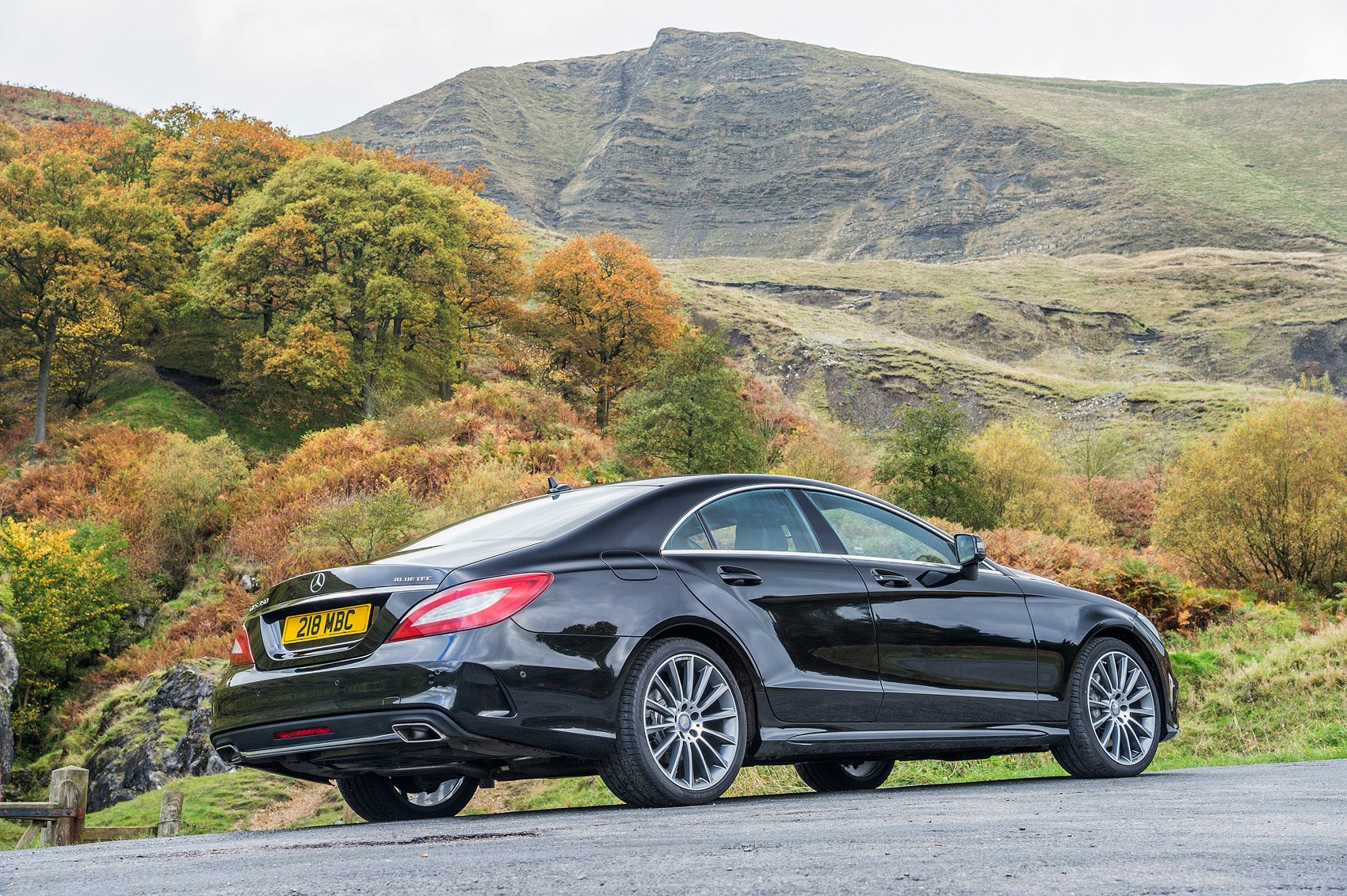When Mercedes-Benz first launched the CLS in 2004 it claimed it had invented a new market sector. That’s something most major manufacturers seemingly every few months these days, with varying degrees of credibility. But with the CLS four-door coupe, Mercedes seemed to have managed it.
Although there had been big two-door coupés in the Mercedes range before, the four-door Mercedes CLS genuinely was the first of a new line. Unveiled as a concept in 2003, the Vision CLS was clearly going to make production. The concept was a hit, and so was the production car. For a time it had the market to itself - some 170,000 were sold and only recently have Audi and BMW replied with the Audi A7 and 5 Series GT respectively. That made the CLS's replacement - this second-generation car - a formality.
Following the arrival of the last-generation E-Class, which the CLS uses as its underpinnings, Mercedes updated its four-door coupé. Again it is pitched a little above an E-Class in price and, again, its engine range is not dissimilar to the more staid saloon’s.
Getting in to the CLS range isn’t cheap, with the entry-level car approaching £50,000 in price, especially with options. All the diesel models wear Mercedes’ eco BlueEfficiency badges, the CLS 220 d kicking off the range, with the alternative diesel being the 350 d. Petrol power comes from the 400 models, while the storming 577bhp AMG-powered CLS 63 S (which unsurprisingly doesn’t get a BlueEfficiency badge) tops the range.


